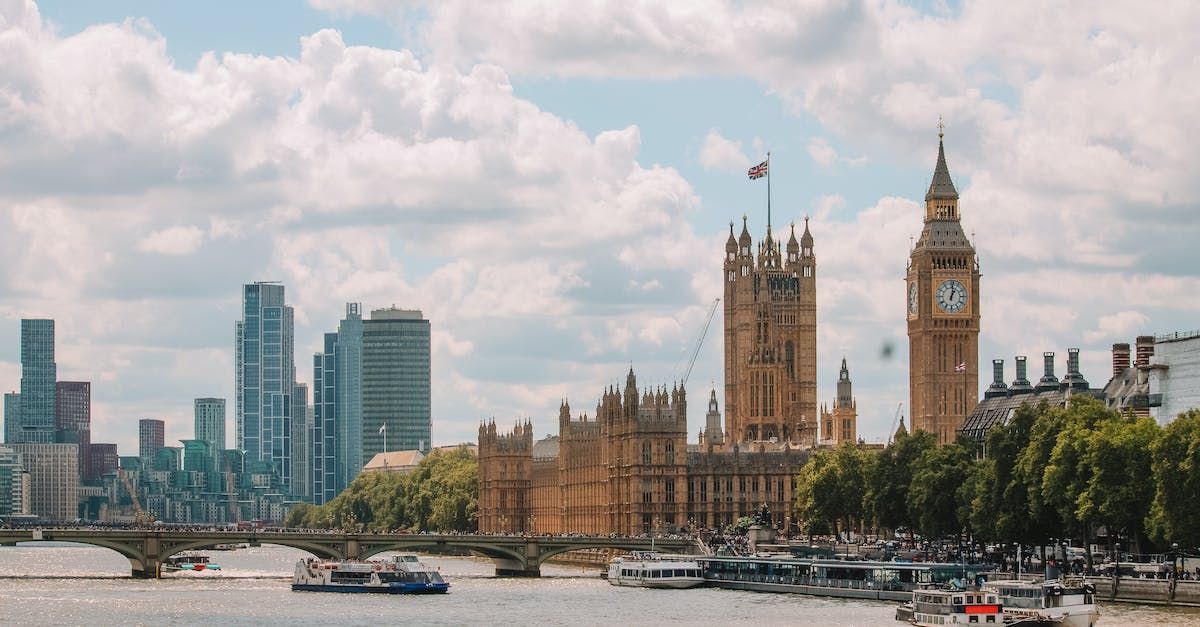Higher-Risk Building Control Process Update Released by Government
Source: Fire Protection Association
Higher-Risk Building Control Process Update Released by Government
The Department for Levelling Up, Housing, and Communities (DLUHC) has produced a circular letter for England’s building control bodies informing them of changes to the building control process for higher-risk buildings.

Published on 31 October and addressed to Heads of Building Control, Approved Inspectors, and Fire and Rescue Authorities, the comprehensive letter outlines the changes that came into effect, as of 1 October 2023, to the following regulations in England:
- The Building (Higher-Risk Buildings Procedures) (England) Regulations 2023
- The Building Regulations etc. (Amendment) (England) Regulations 2023
- The Building (Approved Inspectors etc. and Review of Decisions) (England) Regulations 2023
- The Building Safety Act 2022 (Consequential Amendments etc.) Regulations 2023
- The Building Act 1984 (Commencement No. 3) (England) Order 2023
- The Building Safety Act 2022 (Commencement No. 5 and Transitional Provisions) Regulations 2023.
Penned by the Deputy Director of Reform Policy, Legislation, and Sponsorship for the Safer Greener Buildings Group at DLUHC, Camilla Sheldon, the letter offers further detail on the changes to the building control regime in England. Specifically, it covers the “technical detail underpinning the new, more stringent regime for the design and construction of higher-risk buildings and building work carried out in these buildings, wider changes to the building regulations for all buildings, and the creation of a regulated building control profession”.
Briefly, in terms of updated building control processes for higher-risk buildings, the letter considers transitional arrangements, all building work overseen by local authorities and approved inspectors, regulator notices, duty holder duties and competence, changes to enforcement for all buildings, and changes to the approved inspectors building control regime for non-higher-risk buildings.
DLUHC makes clear that while the letter provides guidance to building control bodies on the new building control regime, it is up to those bodies to “satisfy themselves that they understand the new regulatory changes”.
“Together these regulations will fundamentally reform the way buildings are designed and constructed, and how building work is carried out, delivering lasting building safety reform for generations to come,” Camilla writes.
The full circular letter can be found here.



